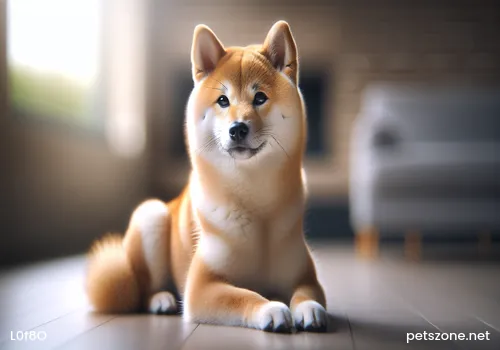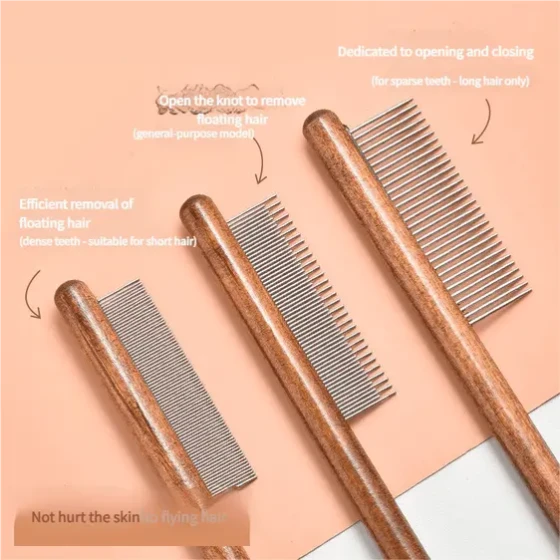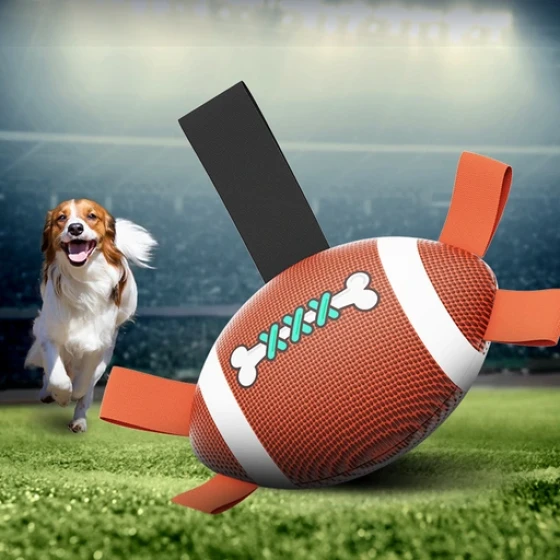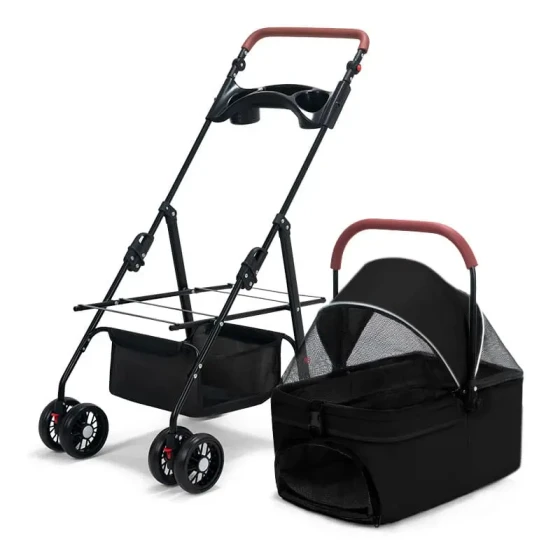Care Knowledge of the American Water Spaniel

American Water Spaniel (detailed introduction)
The American Water Spaniel not only looks like the Irish Setter in appearance, but its basic grooming is also very similar to that of the Irish Setter. Today, we will discuss how to groom the American Water Spaniel.
First, brush the coat with a coarse brush, then use a whisker brush to remove dust, and then use a wide-tooth comb to check for sticky mats. As mentioned before, mats are composed of a mixture of dirt, dead skin, and broken hair. Here are several methods introduced in detail for reference:
1. Mat separator. This is a paddle-shaped wooden block with several rows of small teeth like a coarse comb on top, which can separate mats.
2. Insert the tip of scissors into the mat and cut it open.
3. Use a mat cutter; its working principle is the same as the Oster mat comb and is the most advanced mat handling tool.
4. Spray mat remover solution.
5. Add a small amount of vinegar to soften sticky mats and make them easier to separate.
Remember: Do NOT cut off mats directly, as this will leave an unsightly hole on the coat. After removing mats, use a stripping knife to groom, gently pulling the hair from the tips toward the roots in the opposite direction until reaching the skin. Brush from the crown area toward the rump, trimming bit by bit. The same method applies to the ears; after stripping, comb along the hair to observe its length and effect. This method is especially suitable for dogs about to compete. After all dead skin and mats are removed, proceed to trim with scissors. Cut with the tip pointing downward to minimize injury to the dog.
Remove hard stubble around the muzzle to make your dog look neat, but avoid cutting the whiskers and head hair because these are distinctive features of the Irish Water Spaniel. There is no clear standard on how to handle the cheeks; overall, clean the face to remove dust and then examine for mats with a wide-tooth comb, as previously stated. In fact, a few casual strokes can sketch a distinctly different effect of mats made of dirt, dead skin, and broken hair.
Place your dog's paws flat on the table, trim around the edges, then hold the leg and shake off the foot hair. Hold the scissors vertically and carefully trim to create a "puff" effect. When trimming lower parts, keep away from edges to avoid exposing toes or making the foot shape too small. Angle the blade between the toes for trimming so the entire paw looks compact. Pay attention to trimming hair between paw pads.
Trim the curly ends to straighten the body hair, align the sides, and round the rump. If your dog’s coat is thick, cut more from the sides. This breed has a smooth or slightly arched curve, but if the rump is too high, trim it shorter. Whether to trim neck hair depends on the situation. "Observe more, compare often" and be cautious when trimming, because once cut, hair cannot be reattached, and regret will be late.
Stand by your dog’s side, trim the hair behind the front legs, strip the elbow hair tufts, and finally make the leg hair blend evenly with the body coat. Trim while observing to achieve the ideal effect you have in mind.
Use a cotton ball soaked in oil to wipe the inside of the ears. This breed’s natural ear curves provide protection, so generally there is no need to worry about internal injuries caused by external forces. Long drop ears often suffer from ear diseases since fresh air hardly enters the ear canal; therefore, it is necessary to regularly use emergency supplies to clean your dog’s ears for health benefits. Note: Be gentle, and promptly remove any dirt on the cotton ball after cleaning. If there is an unusual odor inside the ear or abnormal discoloration of the discharge, consult a local vet to avoid prolonged neglect, which could lead to ear ulcers or even deafness.





